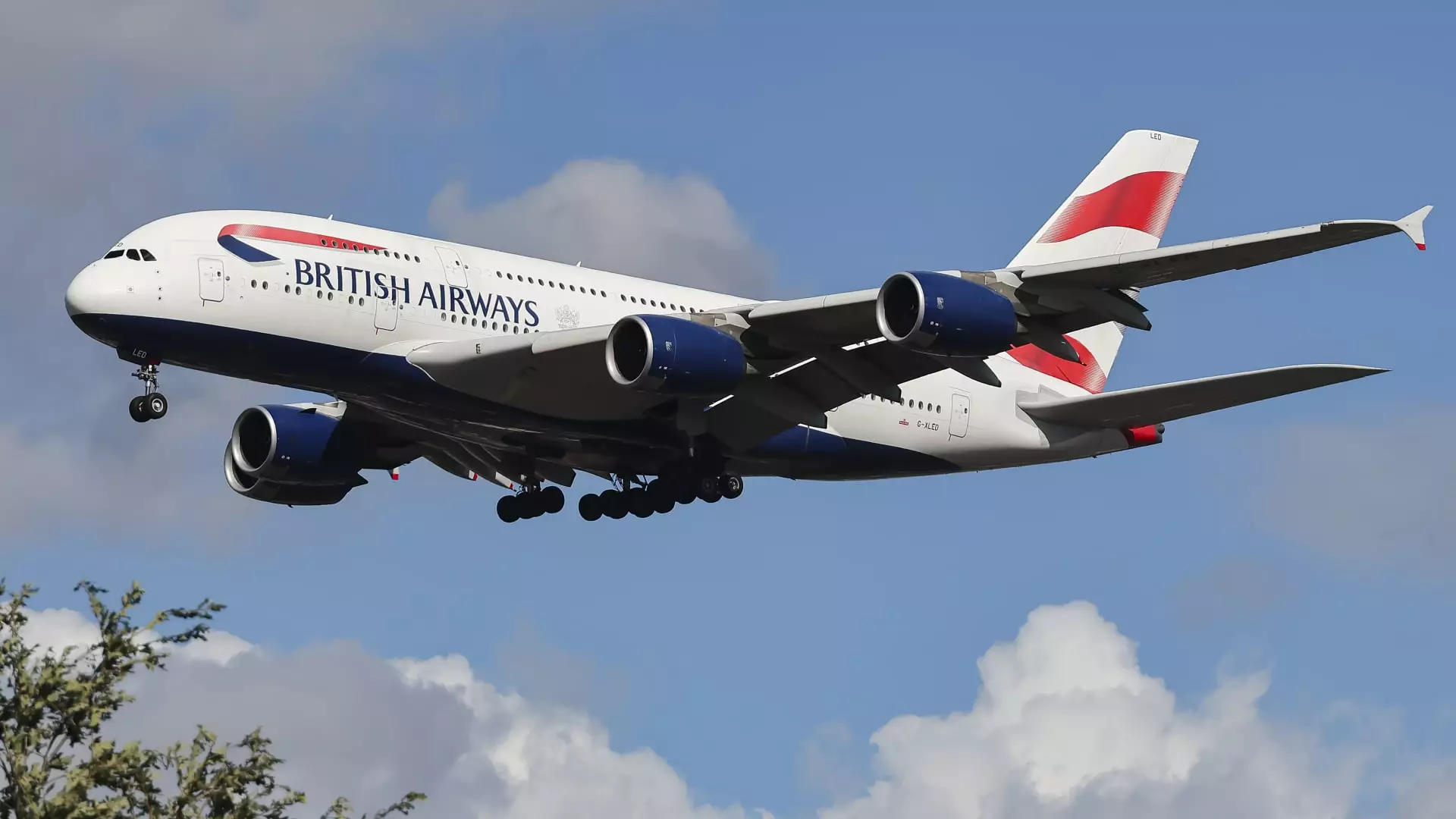Recent developments in the global aviation industry indicate a significant alteration in how major airlines are approaching routes to China. With the geopolitical landscape shifting drastically following Russia’s invasion of Ukraine, many airlines are facing the dual challenges of high operational costs and reduced passenger demand. This situation is markedly forcing several established carriers to scale back or withdraw entirely from the Chinese market. Despite the challenging environment, it is crucial to understand the factors at play and their implications for the future of air travel between China and the rest of the world.
A notable trend has emerged as airlines such as Virgin Atlantic and Scandinavian Airlines ceased operations in China entirely, signaling a broader shift among major carriers. Virgin Atlantic’s withdrawal after a 30-year presence in Hong Kong indicates a dramatic re-evaluation of long-term strategies. According to travel news reports, within just four months, around seven airlines have pulled back from routes to China. This continual contraction suggests that the situation may worsen before it shows signs of recovery. The chief analyst at OAG, John Grant, warns that this trend is only likely to expand as airlines recalibrate their service offerings to maximize efficiency in the current market climate.
Unfortunately, alongside the reductions in service, there has been a noticeable decrease in the size of aircraft utilized for routes into China. British Airways, for example, has swapped out its larger Boeing 747 jets for smaller Boeing 777 and 787 aircraft. While this move maintains a presence on airline route maps, it highlights a strategic downsizing that betrays a struggle to fill seats on flights.
The closure of Russian airspace for European carriers following imposed flight bans has convoluted the situation even further. Airlines are now compelled to take longer routes to Asia, inherently increasing fuel expenses and altering operational protocols. For instance, the requirement for four-man flight crews to accommodate extended flight durations increases labor costs, which generally places additional financial strain on already struggling airlines. This predicament has further exacerbated financial difficulties, forcing airlines to reconsider their commitments to certain routes.
In stark contrast, Chinese airlines are exempt from the prohibitive measures affecting their Western counterparts. This advantage allows them to operate more efficiently and competitively on routes to Europe, thus capturing a larger market share. As these airlines recover their footing, they have also returned to international routes with renewed vigor, demonstrating a strategic pivot while international carriers reassess their presence in China.
Airlines are making critical decisions based on their operational realities. British Airways, for example, has redirected aircraft initially destined for Beijing to more profitable routes like Cape Town. The difference in load factors—55% on the Beijing route versus 90% on Cape Town—illustrates the pressing need for airlines to optimize their resources in response to shifting demand patterns. The underlying narrative here reveals a strategic pivot among Western airlines—rather than exorbitant losses, they are opting for more fruitful alternatives in their network.
The contrasting situation in China is further complicated by current economic challenges. The lack of outbound travel is not solely a result of external barriers. Domestic factors—including an economic downturn—have negated the usually reliable influx of tourists and business travelers, which has historically supported the aviation market.
Despite the difficulties facing airlines operating in and out of China, there remains an expectation of eventual recovery. Observers believe that while Chinese airlines may be struggling now, there is potential for a resurgence in the long term. The figures are telling; in the first half of the year, only about 17 million international travelers entered China, a sharp decline from the nearly 49 million arrivals in pre-pandemic 2019.
In response to these challenges, Chinese airlines are actively pursuing expansion by launching new routes, with over 18 new connections to Europe expected this winter alone. However, the sustainability of this expansion, especially with diminished travel demand, remains a concern. The current reliance on state subsidies and the quest for cash flow may temper long-term profitability for these airlines.
The retreat of global airlines from China is a confluence of high operational costs, geopolitical risks, and declining passenger interest. As major carriers redirect resources and recalibrate strategies, the shift signifies more than just an immediate response; it reflects a profound transformation in global aviation dynamics that may take years to resolve. Moving forward, stakeholders will need to navigate the intricate complexities as they assess their footing in a recovering yet uncertain market.


Leave a Reply